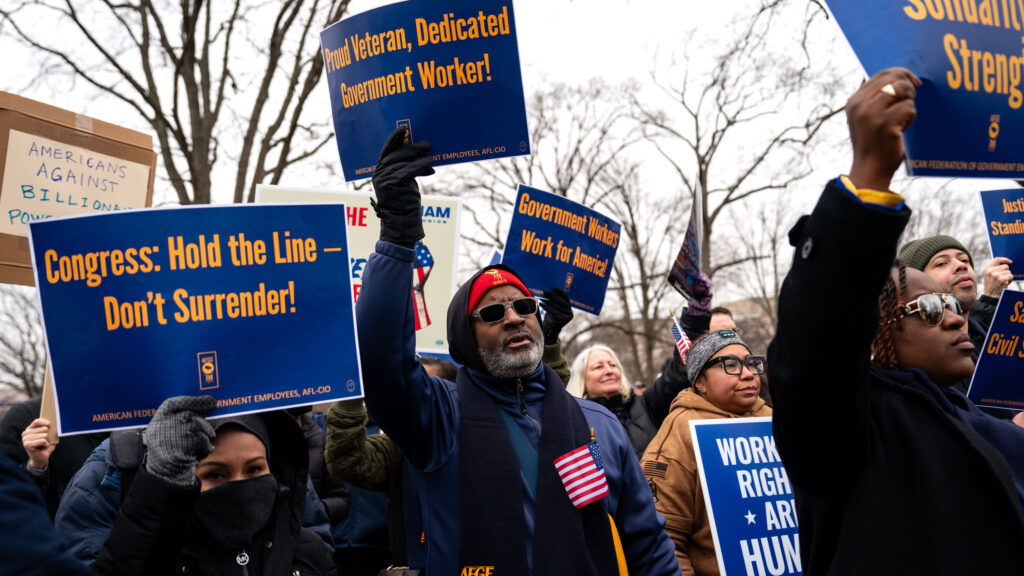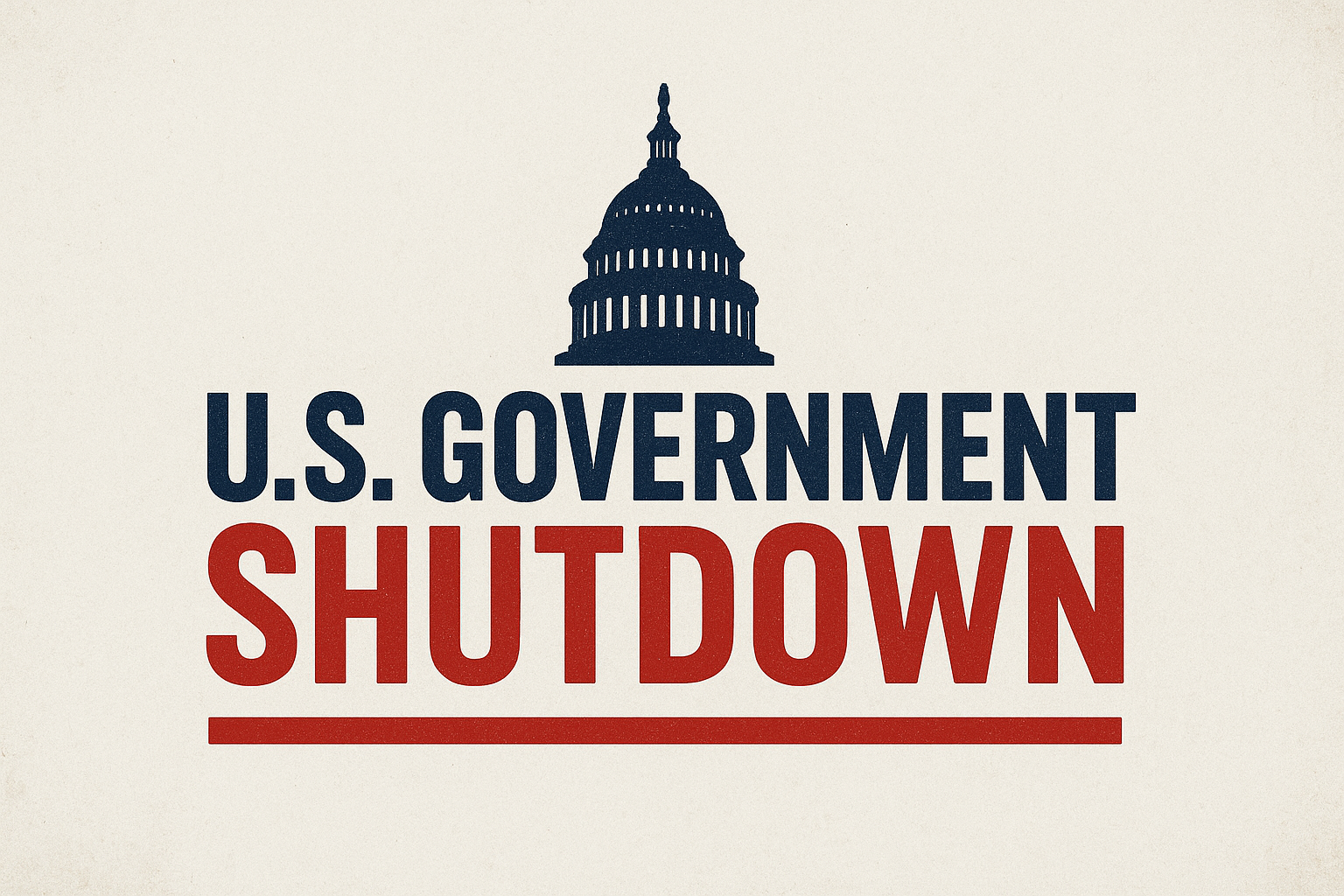The United States is facing one of its longest U.S. Federal Government Shutdown 2025: How It Started, What’s Happening Now, and Its Growing Impact in modern history as the political deadlock in Washington drags into its third week. The shutdown, which began on October 1, 2025, has disrupted federal operations, left thousands of workers unpaid, and is starting to ripple through the American economy.
What Triggered the 2025 Shutdown
The Federal Government Shutdown began after Congress failed to agree on a funding bill before the fiscal deadline. The key disagreement centers around spending priorities and policy conditions attached to the budget particularly on health subsidies, immigration programs, and defense allocations.
Senate Democrats and Republicans have clashed over whether funding for defense and domestic programs should be passed separately or as part of one large bipartisan package. As both chambers failed to reach an agreement, the federal government ran out of legal authority to spend, forcing agencies to close or scale back operations.
The Human Cost: Workers Without Pay
Hundreds of thousands of federal employees have been furloughed, meaning they are temporarily off work without pay. Many essential workers including law enforcement officers, TSA agents, and air traffic controllers are still required to report to work but will not receive pay until the Federal Government Shutdown ends.
To ease pressure on national security staff, President Donald Trump ordered the Department of Defense to issue paychecks to active-duty military personnel using existing funds. Similarly, federal law enforcement agencies, such as ICE, the Secret Service, and Customs and Border Protection, are set to receive “superchecks,” covering unpaid work hours during the Federal Government Shutdown.
Courts and Public Services Hit Hard
The federal judiciary announced that it will begin furloughing employees and cutting back nonessential services as funds deplete. The U.S. Tax Court has already canceled upcoming trial sessions scheduled for later in October.
Meanwhile, institutions like the Smithsonian museums and the National Zoo in Washington, D.C., have closed their doors, symbolizing how deeply the shutdown is affecting public life. Education and grant programs under the Department of Education are also seeing delays, threatening student financial aid and research funding.
Senate Gridlock Deepens
In the Senate, attempts to pass standalone bills to reopen parts of the government have repeatedly failed. A recent $852 billion defense spending bill was blocked by Democrats, who insist that it cannot move forward without simultaneous approval of domestic spending bills.
Senate votes to end the Federal Government Shutdown have failed ten times so far, with both parties blaming each other for the stalemate. Democrats argue that the Trump administration has been largely absent from negotiations, while Republicans say Democrats are holding defense funding “hostage” for political leverage.
Economic Fallout Mounts
The U.S. Treasury Department estimates the shutdown is costing the economy roughly $15 billion per week in lost productivity. With thousands of government contracts on hold, several private companies that depend on federal projects have started layoffs.
Delays in federal data releases such as GDP and inflation figures are also creating uncertainty for investors and economists. The longer the shutdown continues, the higher the risk of undermining consumer confidence and financial stability.
Legal and Political Battles

In a rare move, a Federal Government Shutdown judge temporarily blocked the administration’s plan to lay off over 4,000 federal employees, citing potential political bias and due process concerns. Labor unions have filed multiple lawsuits arguing that forcing employees to work without pay violates federal labor laws.
At the same time, public frustration is growing. Polls show that a majority of Americans blame both parties, though slightly more blame the White House for the impasse.
What Happens Next?
Negotiations are expected to resume early next week, but neither side has signaled a clear compromise. If the shutdown stretches beyond late October, experts warn of deeper economic damage and widespread disruptions to services ranging from food inspections to small business loans.
As Washington’s political gridlock continues, the real cost of this shutdown is being felt not in Congress but in the lives of ordinary Americans workers missing paychecks, families struggling to afford bills, and communities waiting for their government to start working again.









